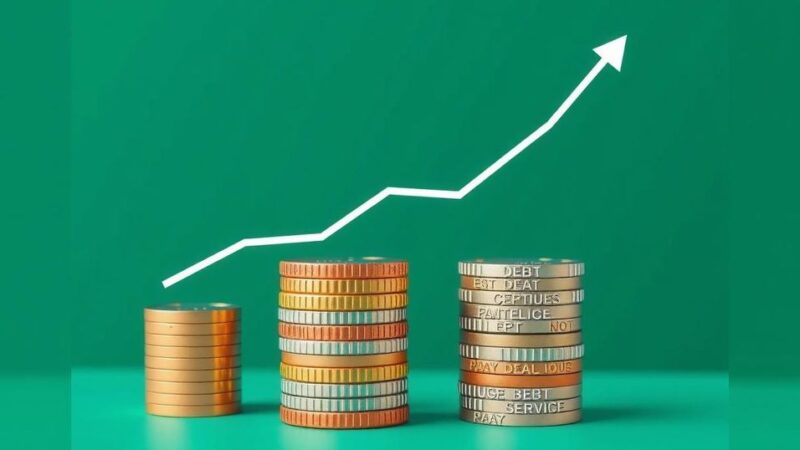Brazil’s central bank increased interest rates by 100 basis points to 14.25%, the third consecutive hike. Looking forward, it anticipates a smaller increase at the next meeting due to signs of economic slowdown. Governor Gabriel Galipolo’s leadership will be vital as he aims to manage inflation amidst fiscal stimulus pressures from President Lula.
On Wednesday, Brazil’s central bank announced a 100 basis point increase in interest rates, marking the third consecutive rate hike and raising the benchmark Selic rate to 14.25%, a level not seen since 2016. This decision aligned with the expectations of economists surveyed by Reuters. The bank’s rate-setting committee, Copom, indicated that a smaller adjustment may occur at the next meeting while it monitors signs of an economic slowdown.
The focus of the markets extended beyond the recent hike to the implications of future monetary policy under the new governor, Gabriel Galipolo. Flavio Serrano, the chief economist of Banco BMG, expressed the belief that further tightening would slow significantly, predicting a 50 basis point increase at the next meeting in May, which he considers likely the last of this cycle.
Governor Galipolo has followed the previous guidance set by his predecessor, Roberto Campos Neto, in managing the anticipated monetary adjustments. His leadership will be pivotal as President Luiz Inacio Lula da Silva strives to balance inflation targets with increased fiscal stimulus aimed at boosting consumer spending amid his declining approval ratings.
The Brazilian central bank’s decision coincided with the U.S. Federal Reserve’s decision to hold rates steady while evaluating new economic policies. Currently, the global environment presents challenges, particularly regarding U.S. economic policy and its trade implications, exacerbating the uncertainty of inflation forecasts. Despite a 9% appreciation of the Brazilian real against the U.S. dollar this year, long-term inflation expectations remain a concern.
Brazil’s economic activity showed signs of weakness in the last quarter, yet early indicators from 2023 still reflect a degree of resilience. The central bank has adjusted its inflation forecasts, now projecting a 5.1% target for 2025, slightly down from 5.2%. For the third quarter of 2026, the forecast is 3.9% inflation, a minor adjustment from the previous estimate of 4.0%. JP Morgan analysts noted the bank’s hawkish stance, expecting two more rate hikes of 50 basis points each in May and June, potentially concluding the tightening cycle at 15.25%.
In conclusion, Brazil’s central bank has implemented a 100 basis point rate hike, signaling a cautious approach toward future policy adjustments amid economic fluctuations. As the newly appointed governor, Gabriel Galipolo, navigates these challenges, a trend toward smaller increases is expected. With inflation forecasts adjusted and scrutiny of economic activity intensifying, the central bank’s strategy will be critical in balancing inflation control and economic stimulus.
Original Source: money.usnews.com






